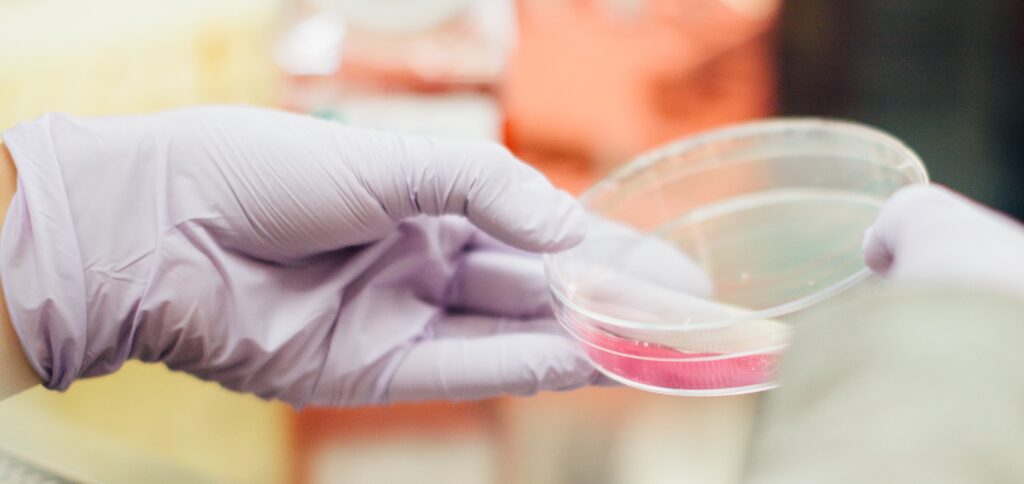
By Kate Still, Ph.D., Scientific Director of PMSF
What is it?
A research team at Northwestern University, led by Dr. Peter Penzes, recently tested a new drug in a laboratory model of Phelan-McDermid syndrome (PMS).
It is named for the two initials of a member of the study team who developed the drug – Dr. Jeffrey Burgdorf (JB).
It is designed to mimic part of a protein found naturally in our bodies, called “Insulin-like growth factor binding protein 2.” What does that protein do? It has many possible functions. It can affect the availability of hormones which stimulate growth, or act in a way that is similar to a growth factor itself.
Growth factors play a role in how cells grow, metabolize, survive, and differentiate into other types of cells. They are essential for the development of tissues, such as the brain, bone, and blood, and also play a role in unwanted growth, such as cancer.
Some factors that stimulate growth are available in high quantities during brain development. They are thought to be helpful for growth of neurons and communication between neurons.
What did they find?
The research team hypothesized their drug could be helpful in Phelan-McDermid syndrome. They tested this by injecting JB2 into mice modeling Phelan-McDermid syndrome that have an altered copy of the SHANK3 gene. SHANK3 is important for the communication of neurons and is often altered in PMS. While individual animal models don’t account for the complex and varied genetics with PMS, this model represents a common genetic underpinning of PMS.
Mice which received the drug showed increased neuronal response to repeated auditory stimuli, improvement on motor tasks, improvement on cognitive tasks, increased vocalizations, and decreased susceptibility for induced seizures (at specific concentrations).
This drug is not designed to specifically target SHANK3, such as in gene therapy or RNA therapy, but is designed to target how neurons grow and respond to each other. Therefore, it is not specific to the underlying cause of PMS, but is attempting to address the outcomes of PMS in the brain.
There are completed and ongoing clinical studies in PMS with hormones related to growth. See summaries on clinical trials of growth hormone and insulin-like growth factor 1 in Phelan-McDermid syndrome. Although this drug is a mimic of a protein in the same family/pathway, it does not work in the same way, and thus will have different effects.
Future implications?
The study team has expressed in press releases an interest in advancing this work to clinical trials. PMSF is in contact with the study team and will update the community on progress and further data. Like all other drug development studies – many questions remain. Would there be many harmful effects? How would the drug be administered? How often would it need to be administered? At what age? Does it improve symptoms in humans? Do the benefits outweigh the risks? What dosage is most beneficial? These questions, and many more, would be addressed with follow-up studies and in clinical trials.
Read the research study here: https://www.nature.com/articles/s41380-022-01904-0.
